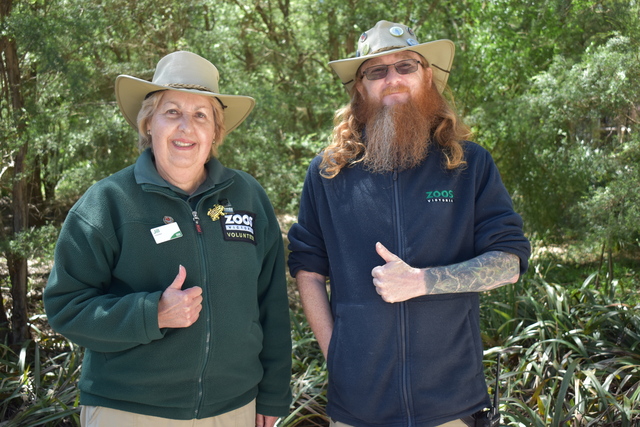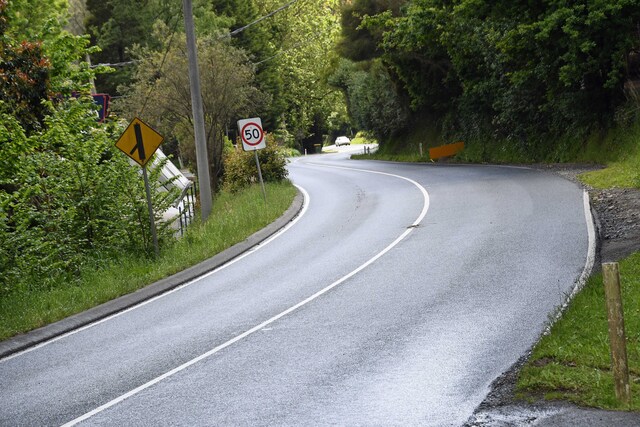Insurance premiums are rising across the Yarra Ranges after recent rain and storm events, seeing residents paying more for their cover.
Principal broker at Suburban Insurance Brokers based in Rowville, Helen Urban, said individual claims have risen about $5,000.
“An individual claim might have been an average of $5,000 before, if there was a bit of storm damage to a house, but now it would be eight to $10,000 because of the high increased costs of repair and labour,” Ms Urban said.
Ms Urban said areas like heavily populated Belgrave hit by the storm event in 2021, have experienced an increase in premiums due to the amount of claims.
“[Insurance companies] have gotten a bit picky about it…different areas that they have, like Rochester…down Bairnsdale way is a bit tricky; they had all the fires and then they had huge storms and water there, and the same with the Yarra Ranges,” she said.
“They’re so specific now on risk; everything goes into the computer, every street has a different risk on it, so they know if you’re close to bushland, they know if you’re in a flood zone, they know if you’ve got high trees around you.”
According to Ms Urban, some insurance companies are increasing excesses.
“We found that excesses used to be say 4 or $500, and now minimum excesses can be $700…that cuts out a lot of claims,” she said.
“Up in the ranges, they found because of a lot of weather events happening in the last few years, that if something is going to occur, it’s going to be a big one.
“You have to consider that if it’s a fire, usually they happen in less dense areas.
“You’ve got country areas where you might lose 200 homes and a farm in one fire, but if you have a floodplain, you can lose 2000 properties in an afternoon.”
An Insurance Council of Australia (ICA) spokesperson told the Star Mail each insurer has their own insuring criteria, determining the type of cover they will offer.
“We encourage people to take the time understand their individual risks and shop around for cover that best suits their needs,” the spokesperson said.
”We know that the affordability and availability of insurance is a concern for those who live in areas most exposed to extreme weather risk.”
The spokesperson said the ICA has been calling for greater investment by government in measures that better protect homes and communities from the impacts of extreme weather events like flooding.
“This can include household-level resilience such as retrofitting, and projects that protect the community like levees and floodways,” they said.
“In some extreme cases this may include buying back properties because there is no viable mitigation of the risk.
“The ICA has also called on state governments to amend land use planning legislation to include a mandatory requirement for planning approvals to consider property and community resilience to extreme weather, to improve building codes so future homes are made more resilient, and to remove state taxes on insurance, which only drive up the cost of insurance at a time when It’s most needed. ”
Ms Urban said there are landslip areas in the Dandenongs that would not be able to be built on now; posing a problem when replacing a house and the removing debris on a slope.
“You really have to look at your sums insured because if you had a small home that may of 20 years ago cost 250,000 to replace, 200,000 to replace, If you lose most of that home with a tree going through… you have to still replace that house with one that’s got the high [fire] rating on it, so it may cost you to hundred thousand dollars more than you thought,” she said.
“You may not be able to build a split level home on a block that’s been unstable, you might have to put retaining walls up to block it out in a different way.”
Ms Urban advises home owners to check what they are insured for – and said flood cover does not include water damage from rain.
“If it’s going to be the difference between getting your house replaced or saving $200 in a year, you’re better off having you’re house replaced,” she said.







